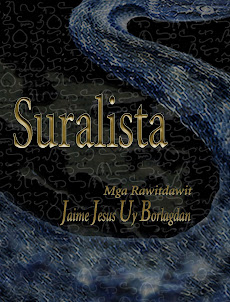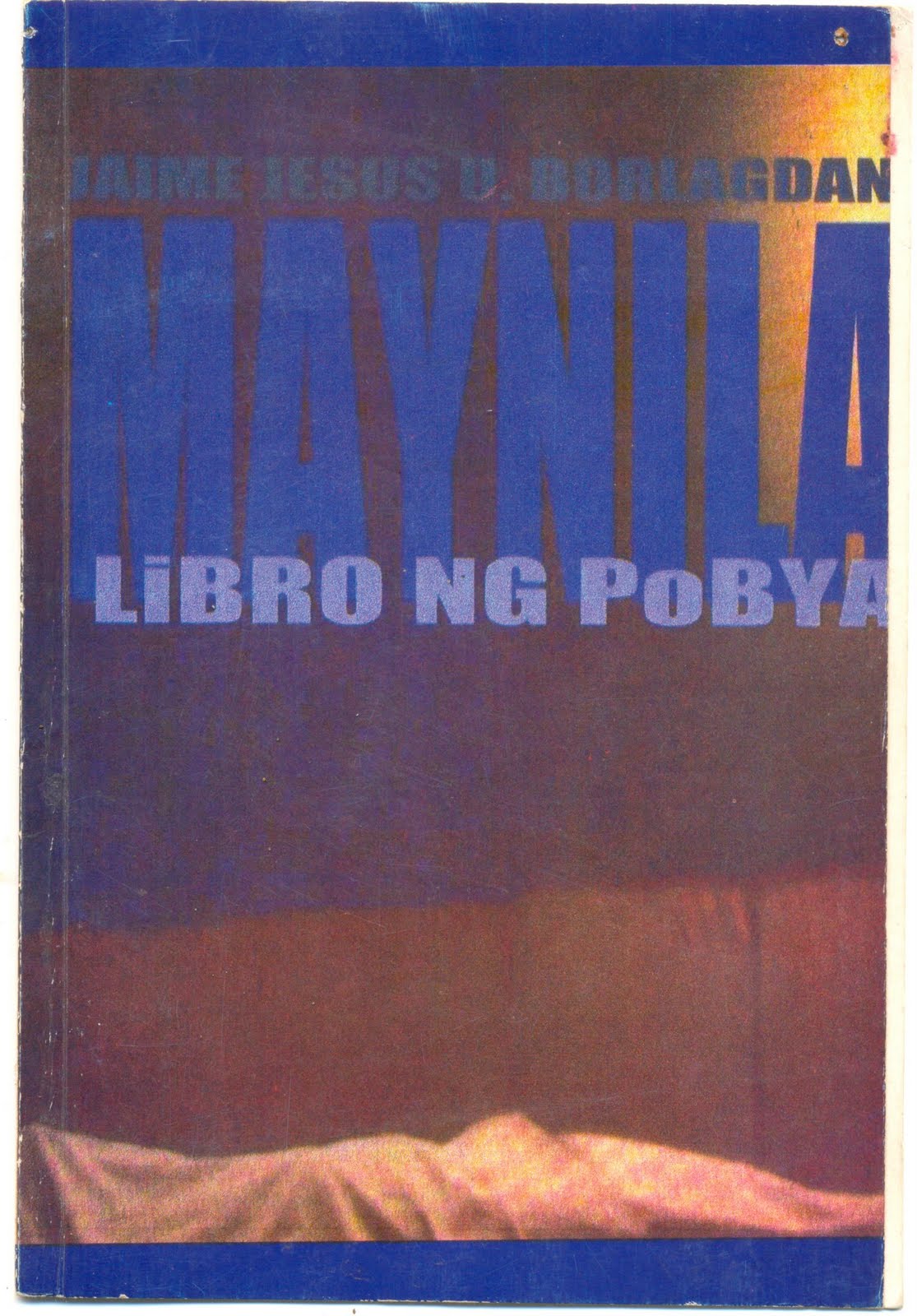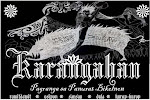Tinaram ko sa babayi:
Sa payo ko igwang kahoy na an dahon an bilang kan kun pirang otro takang pigrurumdom.
Nagi-ulok siya. Garo hali sa daga may kuminanap na lindok sa saiyang tabay, pasakat sa taklob niyang tiklop. Kuminiling siya sa luwas kan balkon, ta garo nawaran ki paros sa laog, ta tibaad ituga kan dugo sa saiyang pisngi an duga na nagdumig sa saiyang tago. Muya niyang isipon kong pighihiling niya su mga bituon; muya kong mahiling niya na pighihiling niya an sarong pagkapasa kan mahewason na liwanag na habo mag-sararo.
An pagrarom kan banggi sinukol ko sa pag ngana kan bulan. Nugad saro ako sa mga naghahalat kan pirot, nakatanaw sa bintana, pigmamate an dai paghiro kan kagayonan. Ta sa irarom kan patenteng nalingawan kan nangiturog nang igwang buhay, sa mga tuog naghihiro an kamunduan,.
Arog kan saiyang ulok, na garo danaw na sarong beses sana kutawon ngani humukol na daing katapusan, na tinahuban niya kan likod kan saiyang kamot, bako para pahaluhon kundi irayo sa huna niya dai makakasabot. Pero muya kong aramon an buot niyang taramon.
Muya kong aramon na kasubago niya pa muyang lumuwas, dumalagan sa banggi, parabason an pilak sa nagraraba-raba niyang unit.
Disyembre 15, 2008. Tabaco.
* * *
Tagalog:
Kahoy
Sinabi ko sa babae:
Sa isip ko mayroong kahoy na ang dahon ay ang bilang ng kung ilang ulit kitang inaalala.
Napangiti siya. Tila mula sa lupa may gumapang na kiliti sa kanyang hita, paakyat sa kanyang tinakpang tiklop. Lumingon siya sa labas ng balkon, dahil tila nawalan ng hangin sa loob, dahil baka ikumpisal ng dugo sa kanyang pisngi ang gata na nanunubig sa kanyang tago. Nais niyang isipin kong pinapanuod niya ang mga bituin; nais kong makita niya na pinapanuod niya ang isang pagkabasag ng malawak na liwanag na ayaw magkaisa.
Ang paglalim ng gabi sinukat ko sa pag tindi ng buwan. Minsan isa ako sa mga naghihintay ng antok, nakatunghay sa bintana, niraramdam ang hindi paggalaw ng kagandahan. Dahil sa ilalim ng ilaw na nalimutan ng nakatulog nang may buhay, sa mga nanigas gumagalaw ang kalungkutan.
Tulad ng kanyang ngiti, na parang sanaw na isang beses lamang galawin upang umalon ng walang hanggan, na tinakpan niya ng likod ng kanyang kamay, hindi para patahanin kundi ilayo sa hindi makakaintindi. Ngunit gusto kong alamin ang nais niyang sabihin.
Nais kong alamin na kanina niya pa gustong lumabas, tumakbo sa gabi, palawigin ang pilak sa nag-aalab niyang balat.
***
English:
Tree
I told the woman:
In my mind there's a tree whose leaves are the number of times I remember you.
She cackled. As if from the earth something crawled and tickled her thigh, up her hidden fold. She looked outside the porch, as if seeking where the air went off, for the blood on her cheek might tell of the sap moistening in her secret. She wanted me to believe that she's just watching the stars; I wanted her to see that she's just watching the breaking of a vast light that won’t unite.
I measured the deepening of the night with the intensity of the moon. Sometimes I'm one of those who wait for sleep, staring out the window, feeling the movement of beauty. For under the night lamp left lighted by the alive, among the frigid moves sadness.
Like her smile, a puddle one needs only to touch once for it to wave without end, which she covered with the back of her hand, not to muffle but to hide it from one whom she thought wouldn't understand. But I wanted to know what she meant.
I wanted to know that she wanted to go outside since the beginning, and run into the night, let the silver stroll on her smoldering skin.
I told the woman:
In my mind there's a tree whose leaves are the number of times I remember you.
She cackled. As if from the earth something crawled and tickled her thigh, up her hidden fold. She looked outside the porch, as if seeking where the air went off, for the blood on her cheek might tell of the sap moistening in her secret. She wanted me to believe that she's just watching the stars; I wanted her to see that she's just watching the breaking of a vast light that won’t unite.
I measured the deepening of the night with the intensity of the moon. Sometimes I'm one of those who wait for sleep, staring out the window, feeling the movement of beauty. For under the night lamp left lighted by the alive, among the frigid moves sadness.
Like her smile, a puddle one needs only to touch once for it to wave without end, which she covered with the back of her hand, not to muffle but to hide it from one whom she thought wouldn't understand. But I wanted to know what she meant.
I wanted to know that she wanted to go outside since the beginning, and run into the night, let the silver stroll on her smoldering skin.
Photo: last scenes from the movie "The Promise" (Wu Ji by Chen Kaige)








